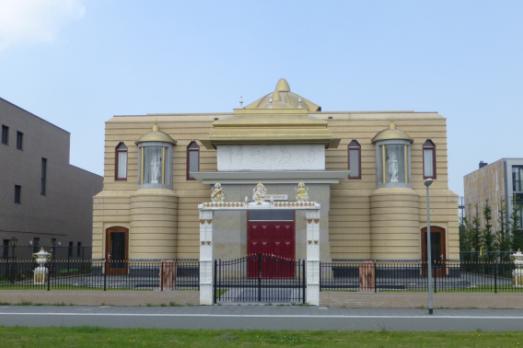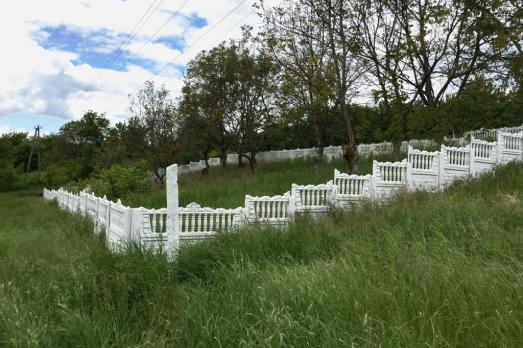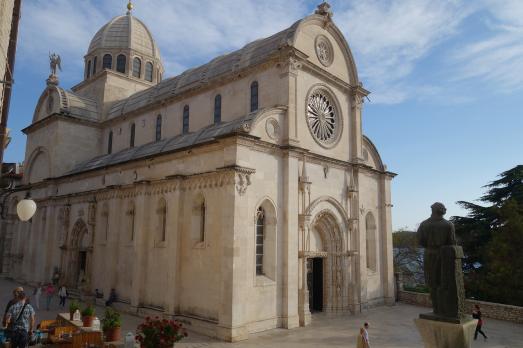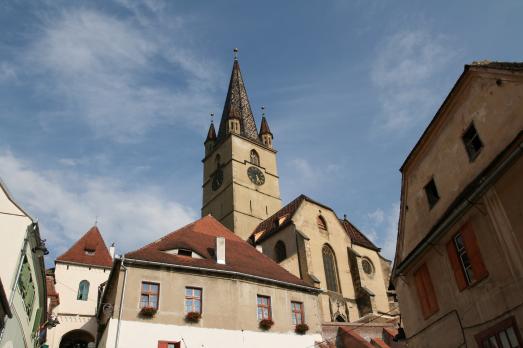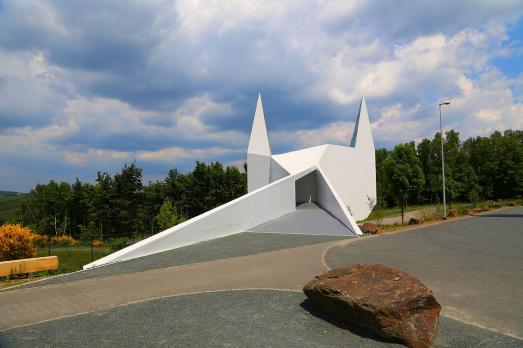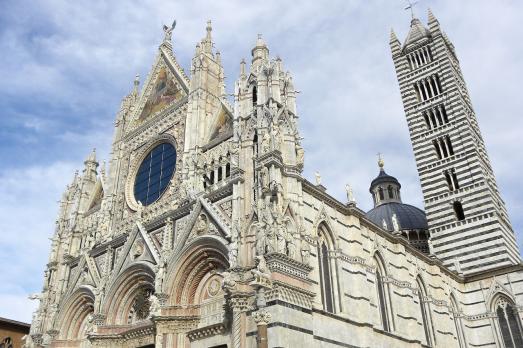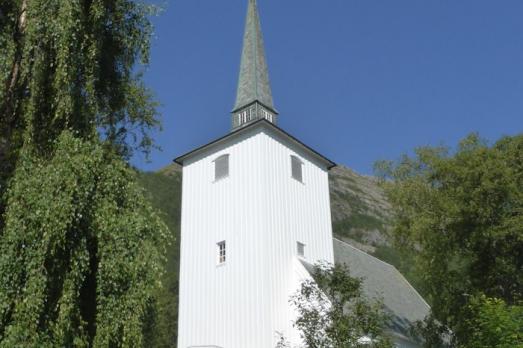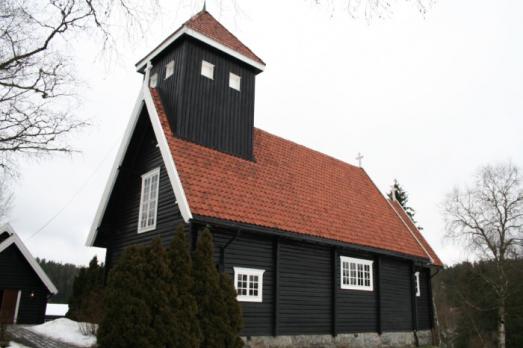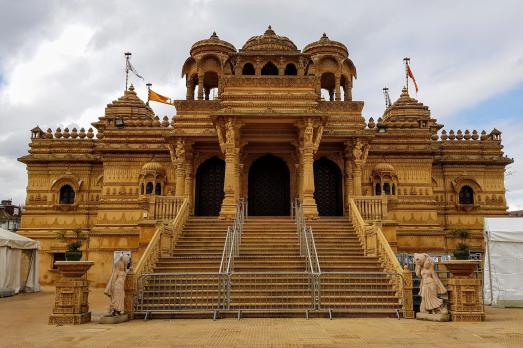
Shree Sanatan Hindu Mandir
London (Wembley), GB
This Hindu temple in the suburb of Wembley (London) opened its doors in 2010. It took 14 years of work to cut and carve all the pieces and figures that make up the temple, for which only Indian limestone was used. The pieces and figures were shipped and assembled in the United Kingdom.
